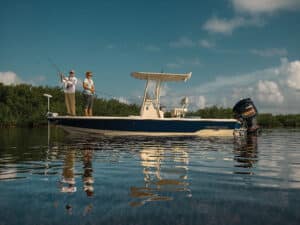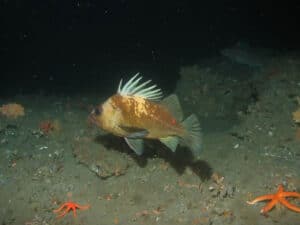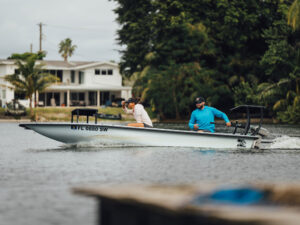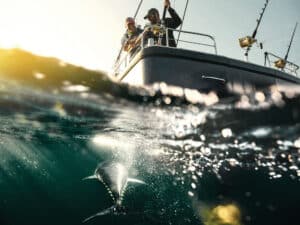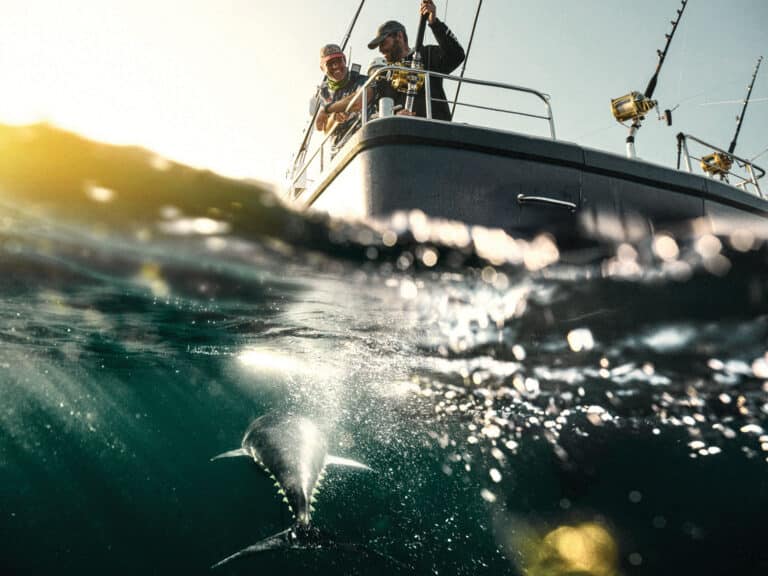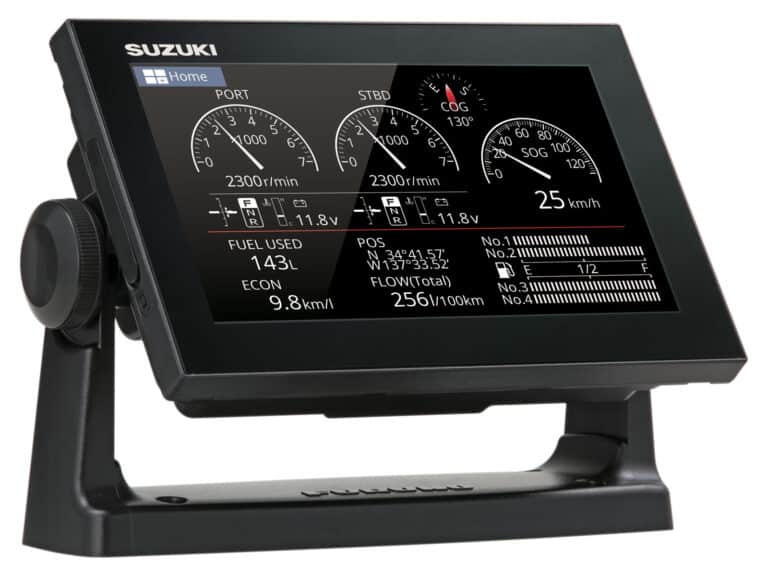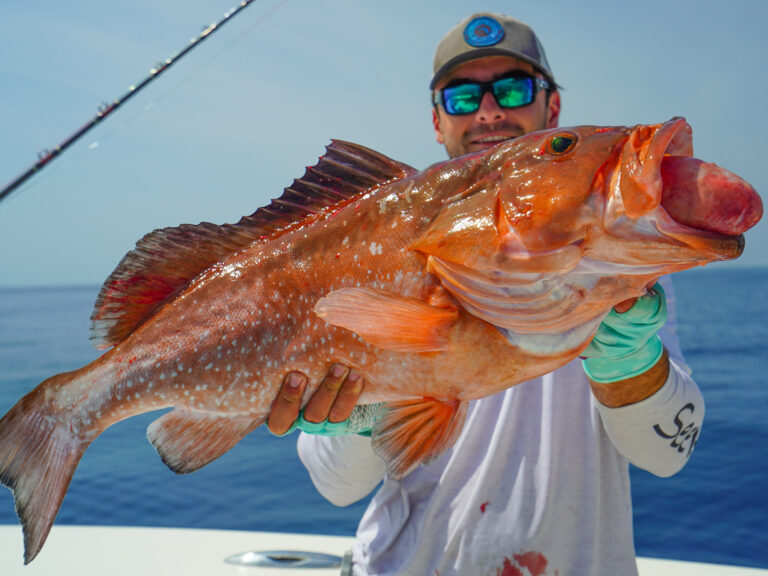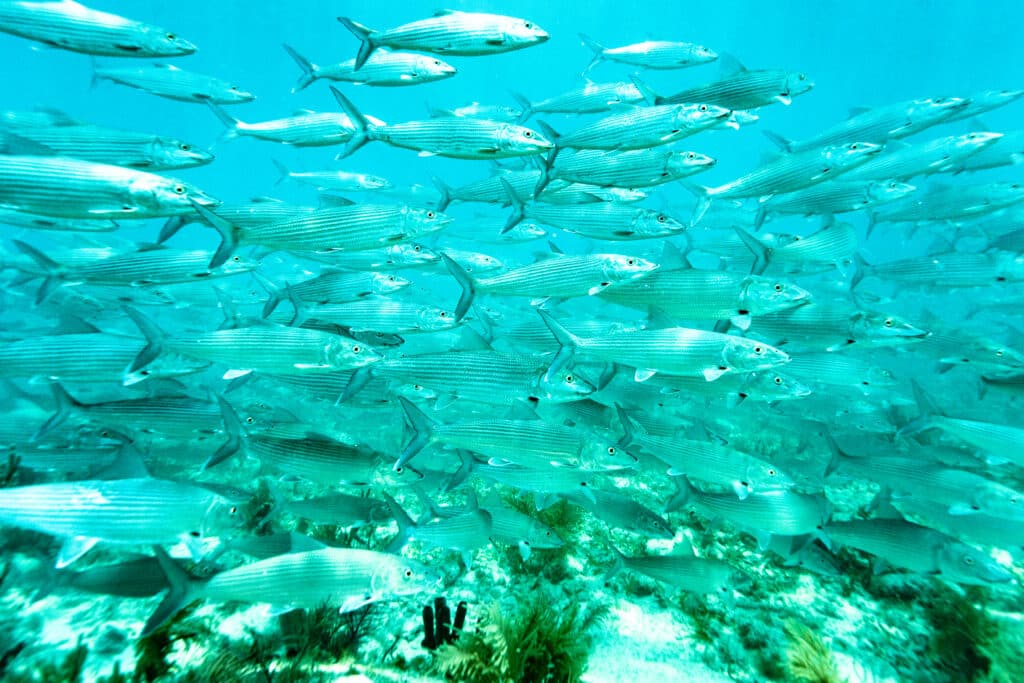
A bonefish pre-spawning aggregation site in South Florida’s Biscayne National Park (BNP) is now off limits to fishermen from March 1 through May 31 each year.
In a preemptive move to protect the state’s recovering bonefish populations, The Florida Fish and Wildlife Conservation Commission (FWC) voted to approve a seasonal closure for a 1.74-square-mile area of patch reef where thousands of bonefish gather each spring prior to moving offshore to spawn. The closure area is a few miles off Elliott Key, south of Miami, where possession of fish or fishing gear is prohibited during the closed season, unless properly stowed.
Bonefish: An Iconic Florida Species
Bonefish are a favored species for flats fishermen worldwide. Known for blistering runs and a willingness to eat well-presented flies, they are primarily a target for catch-and-release fishing. Wading or poling a skiff across shallow sand or grass flats and sight casting to bonefish is an iconic experience of South Florida fisheries.
“Protecting this site during peak spawning season is critical to the continued recovery of Florida’s bonefish population,” said Jim McDuffie, president and CEO of Bonefish & Tarpon Trust (BTT). “We thank FWC Commissioners for their leadership and commitment as well as the guides, anglers, partner organizations, and fishing industry leaders for raising their voices in support of this science-based conservation measure.”

Bonefish Science
Discovered in April 2023 by BTT scientists, the bonefish aggregation site is the first of its kind to be identified in Florida waters. Three years of tagging research went into documenting the site, where 2,000 to 5,000 bonefish are thought to gather annually. Although bonefish have small home ranges, according to BTT research, they travel widely to reach these aggregation sites. Two of the fish detected at the Biscayne Bay aggregation site were initially tagged 55 miles away. After aggregating, bonefish move offshore and dive hundreds of feet deep to spawn before migrating back to their home flats.
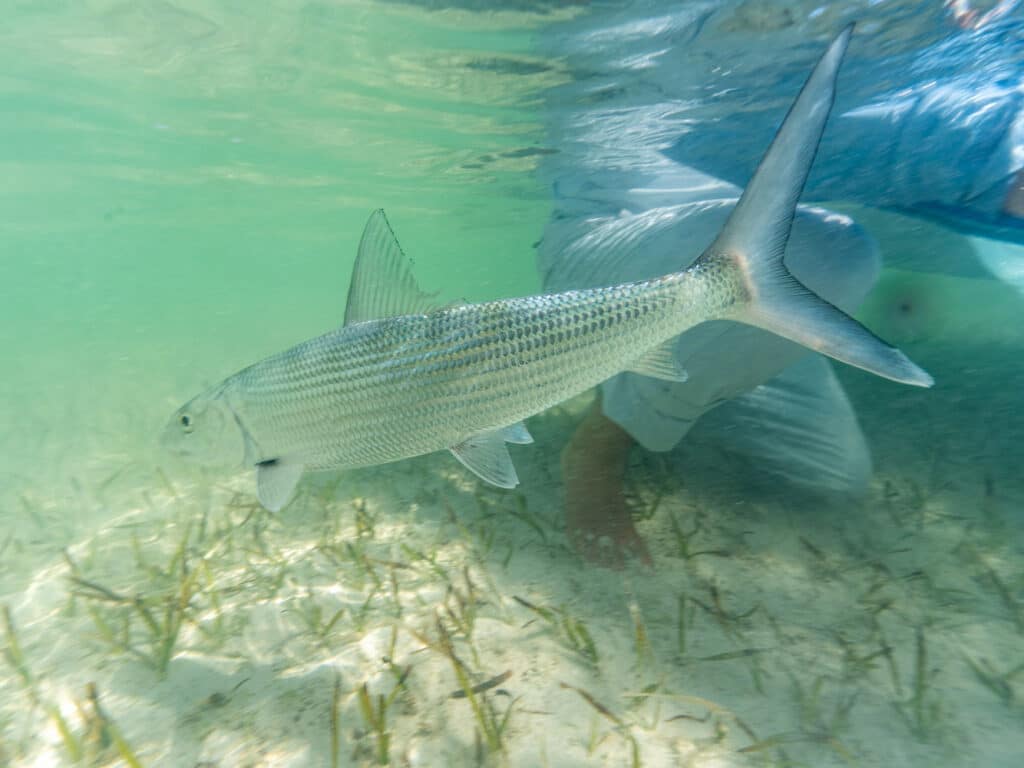
Protection During the Spawn
The seasonal closure, similar to one enacted to protect pre-spawning aggregations of permit and other species in 2021 off Key West at Western Dry Rocks, includes a five-year sunset provision. Monitoring the effects of the closure will inform FWC’s decision of whether to extend the regulations past the sunset date.
“These iconic fish bring people and economic opportunities to Miami and the Florida Keys,” said FWC Chairman Rodney Barreto. “The scientific research that will be gathered from this closure is incalculable.”
Since 2010, BTT has worked to identify aggregation sites for bonefish and other species and lobbied to protect them worldwide. Numerous aggregation sites are already protected in the Bahamas. BTT scientists are also working in Belize, Mexico and Cuba.

